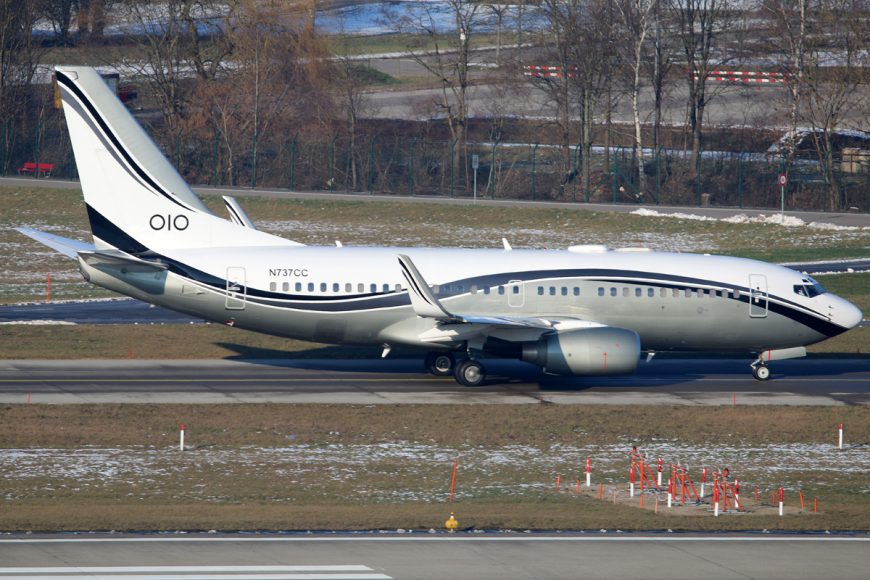“There’s clearly a lot of excitement for NBAA-BACE … a pent-up desire for people to connect.” So said Ed Bolen, the NBAA’s president and CEO, summing up the annual NBAA-BACE event with a pithy epithet as it returned to Las Vegas from 12-14 October after a year’s virtual absence due to Covid restrictions.
This year’s physical event featured some 750 exhibitors, including more than 100 displaying for the first time. Almost all the major OEMs, with the notable exception of Gulfstream Aerospace, had a significant presence in the hall and in the huge static aircraft display. The Savannah-based manufacturer has imposed corporate travel restrictions and decided to focus on smaller events before a planned return in 2023.
Summing up the first ‘in person’ show since 2019, Bolen’s theme was ‘connection’. At the opening session, he noted: “The industry is taking off. It’s an exciting time to celebrate where we’ve been, where we are, and more importantly, where we want to go … This is an enormously exciting time in terms of innovation, technology, sustainability, and diversity and inclusion.”
With the UN’s COP26 climate change conference in Glasgow looming just a few weeks away, the heads of the General Aviation Manufacturers Association (GAMA), International Business Aviation Council (IBAC) and NBAA said the industry would continue its goal of increasing fuel efficiency 2% per year between 2020 and 2030, on the road to net-zero CO2 emissions by 2050.
These new ambitions build on the Business Aviation Commitment on Climate Change (BACCC) made in 2009, when the industry pledged to reduce carbon emissions 50% by 2050, increase fuel efficiency 2% per year from 2010 to 2020, and achieve carbon-neutral growth by 2020.
The key to achieving this significant target will be to rapidly expand the availability and use of Sustainable Aviation Fuel (SAF) along with the prioritisation of alternative propulsion, including Advanced Air Mobility (AAM) electric aircraft. There was also a notable emphasis on the use of ecologically friendly materials and recycling to reduce carbon emissions.
